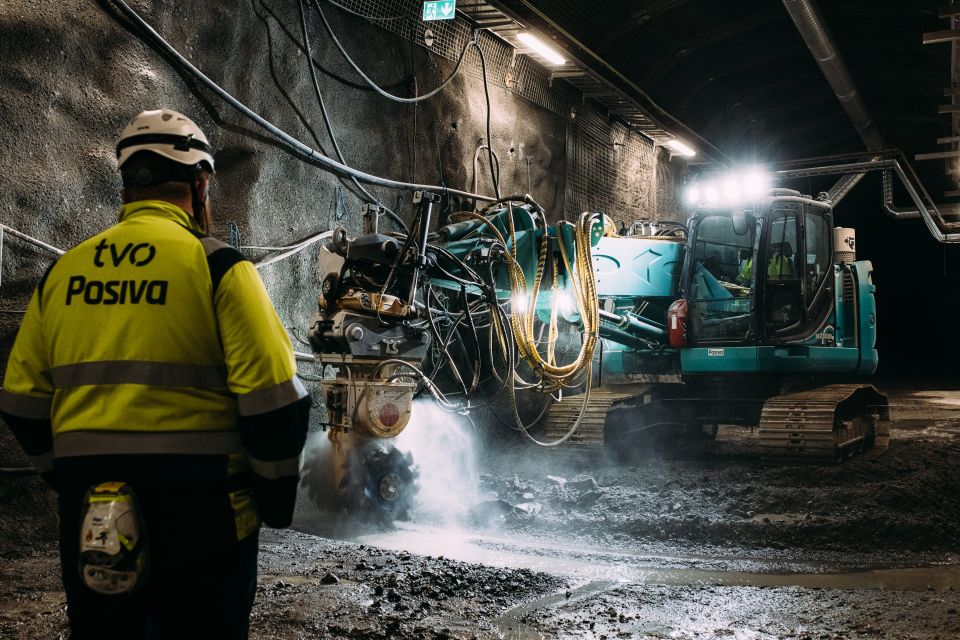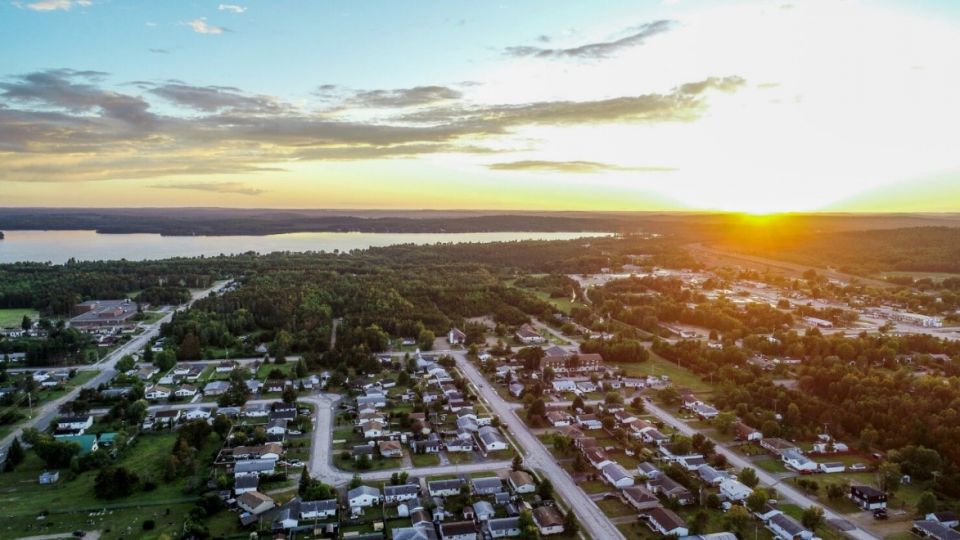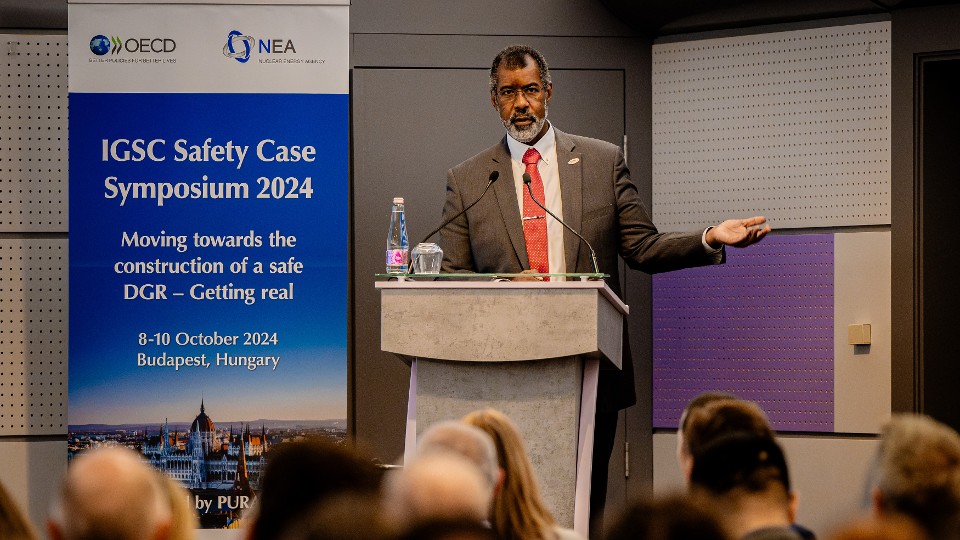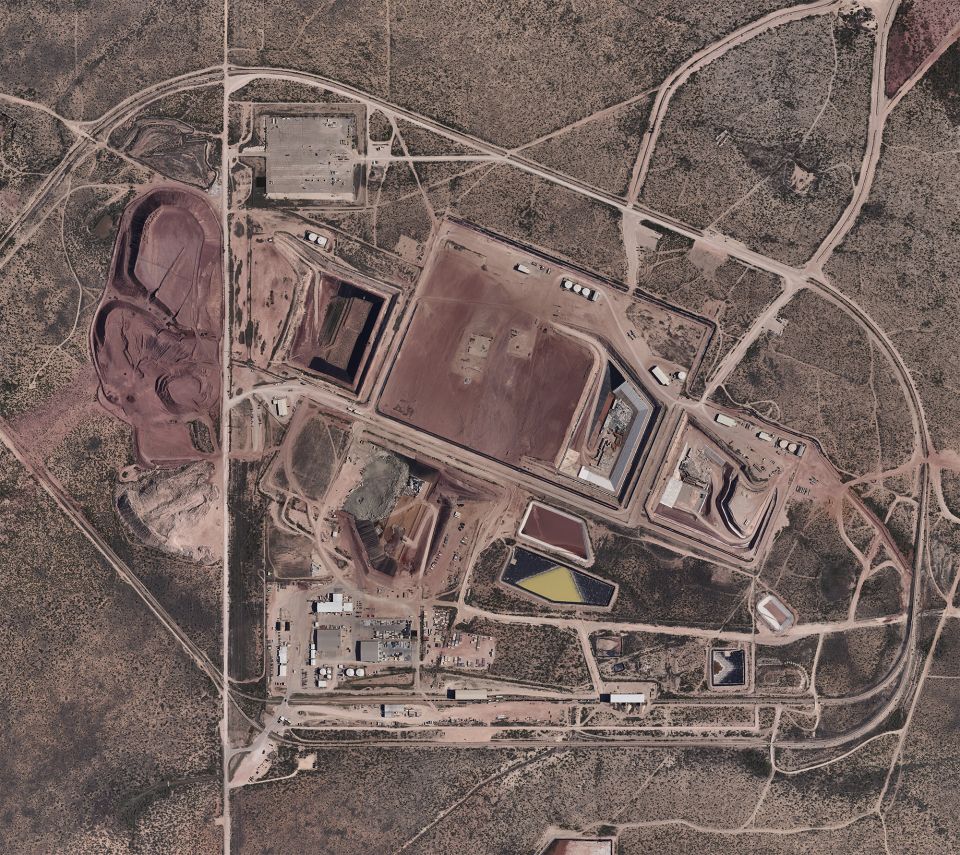The art of the 10,000-year warning
How to warn future generations to the location of buried long-lived radioactive waste has been debated for decades. Everything from massive obelisks inscribed with ominous warnings and fields of concrete “thorns,” to “atomic priesthoods” and cats that change color when exposed to ionizing radiation—all are real ideas that have been proposed. Others argue, rather convincingly, whether any such warning is needed at all.
The multifaceted issue of nuclear semiotics is the subject of a recent article in the web magazine BBC Future.







